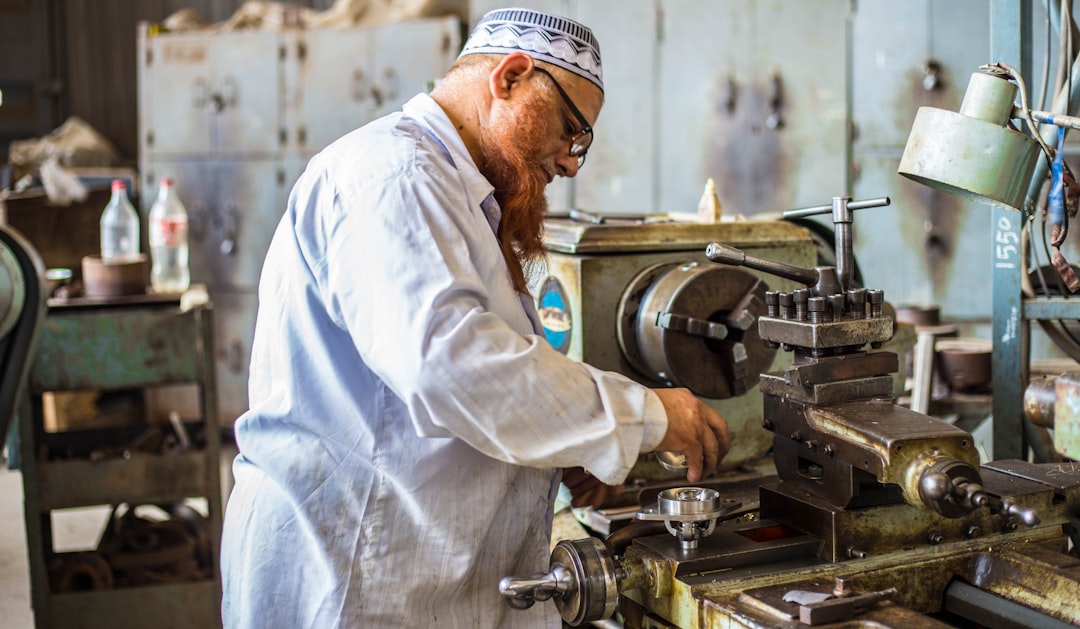What is it about?
During infectious disease, Pseudomonas aeruginosa encounters environments with high calcium (Ca(2+)) concentrations, yet the cells maintain intracellular Ca(2+) at levels that are orders of magnitude less than that of the external environment. In addition, Ca(2+) signals P. aeruginosa to induce the production of several virulence factors. Compared to eukaryotes, little is known about how bacteria maintain Ca(2+) homeostasis or how Ca(2+) acts as a signal. In this study, we identified a two-component regulatory system in P. aeruginosa PAO1, termed CarRS, that is induced at elevated Ca(2+) levels. CarRS modulates Ca(2+) signaling and Ca(2+) homeostasis through its regulatory targets, CarO and CarP. The results demonstrate that P. aeruginosa uses a two-component regulatory system to sense external Ca(2+) and relays that information for Ca(2+)-dependent cellular processes.
Featured Image
Read the Original
This page is a summary of: The Pseudomonas aeruginosa PAO1 Two-Component Regulator CarSR Regulates Calcium Homeostasis and Calcium-Induced Virulence Factor Production through Its Regulatory Targets CarO and CarP, Journal of Bacteriology, January 2016, ASM Journals,
DOI: 10.1128/jb.00963-15.
You can read the full text:
Contributors
The following have contributed to this page










